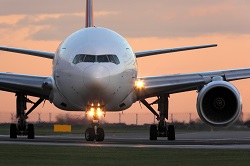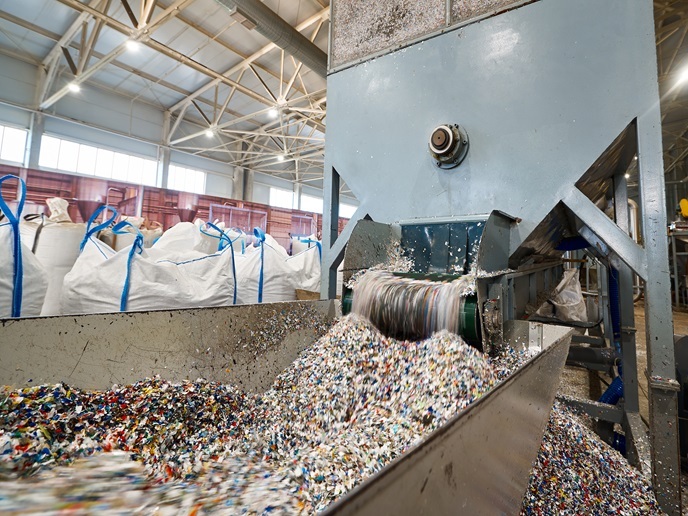Lighter aircraft fuselages could cut costs for aviation
Improving manufacturing efficiency and driving down costs, while also ensuring aircraft safety are key challenges for the aircraft industry. One way to overcome these hurdles is with lighter and highly integral manufactured airframe fuselage structures – the aircraft’s main body section which holds passengers, crew and cargo. The EU-funded POLARBEAR (Production and Analysis Evolution for Lattice Related Barrel Elements Under Operations with Advanced Robustness) project focussed on developing light and low-cost airframe fuselage structures for civil transport aircraft. Scientists working under the project aimed to improve the manufacture of geodesic technology – the lattice structures which are shaped into an aircraft’s fuselage barrel shape. These are made with the latest generation of light but strong composite materials such as carbon fibre reinforced polymers. They aimed to develop highly automated processes for the manufacture of fuselages, which will help cut costs for the industry by boosting the efficiency of the manufacturing process. ‘The key POLARBEAR project result is that we have helped increase the technology readiness level of the latest geodesic fuselage structures,’ explains Christian Huehne, POLARBEAR project coordinator. EU scientists, working alongside Russian scientists, developed a process that automates the shaping and positioning of the composite materials used in an aircraft fuselage. The process involves using very narrow grooves in a mould. Progress achieved by the project opens the door to the possibility of a one-shot fuselage structure manufacturing process. ‘This would ultimately remove the need for more costly assembly-line airframe sections, significantly decreasing production time and costs,’ Huehne adds. Moreover, the sizing algorithms the project created are now ready for use and purchase, and one project partner is now taking this forward into their finite element software. Throughout the project, scientists also explored ways to enhance the reliability and safety of the geodesic fuselage structures under operational load conditions. They investigated how the structure would buckle under loading and its overall damage tolerance level after impact. They also explored the different repair processes that a damaged structure could undergo. Huehne notes that the sizing algorithms project scientists created can also be used in other applications including the wind energy industry. The project complements the work of another EU project – ALASCA – which investigated the global structural behaviour of composite geodesic structures. Overall POLARBEAR aimed to analyse the structures on a local level, improving their robustness – and hence safety - and readiness for roll-out.







